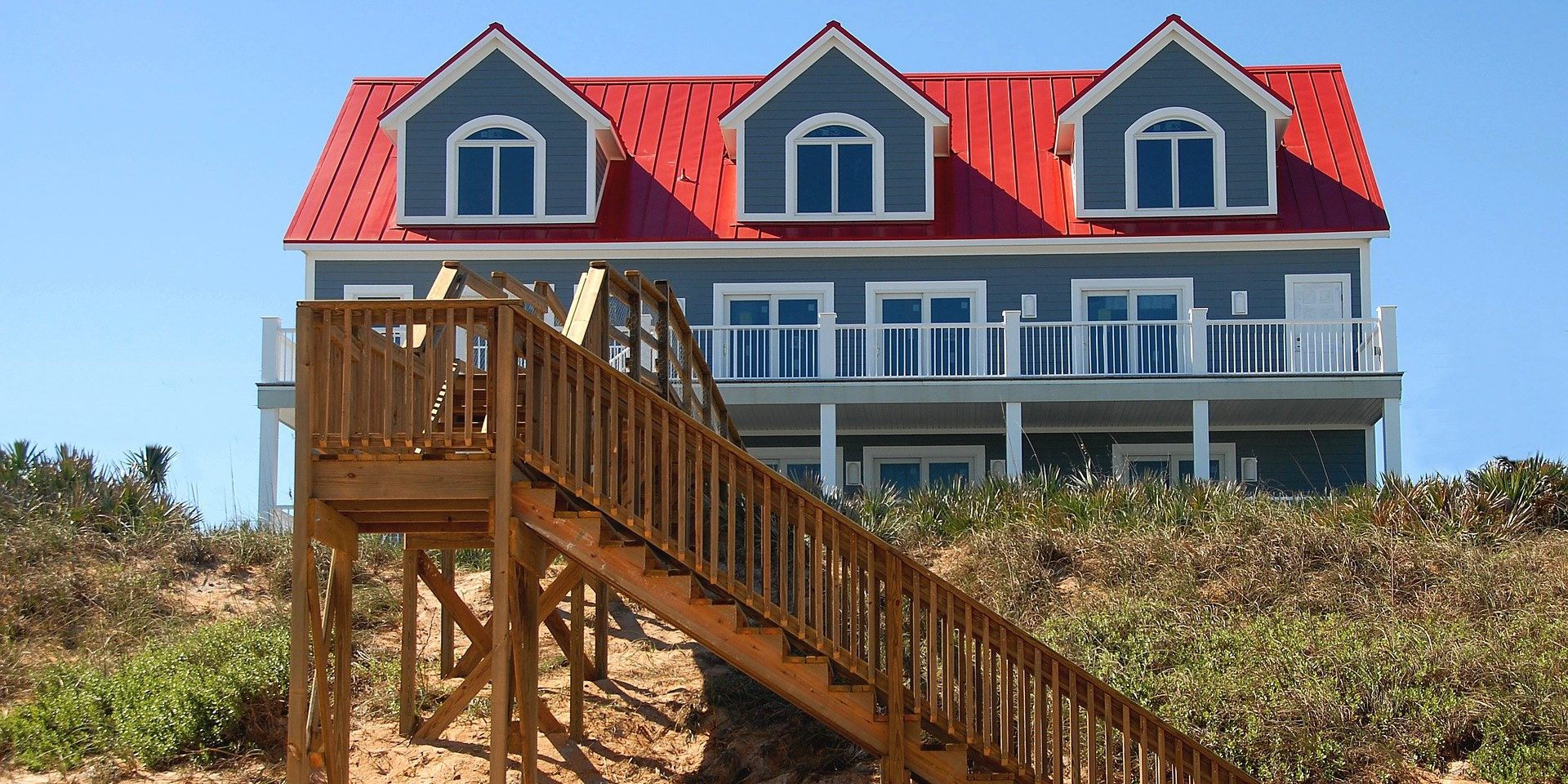By Timothy Wiersma, founder and principal at Revenue Generation LLC and chair of HSMAI’s Revenue Optimization Advisory Board, and Heather Richer, principal at Richer Logic and a member of HSMAI’s Revenue Optimization Advisory Board
According to a recent Phocuswire article, Google’s data points to private accommodations such as Airbnb and VRBO recovering more quickly than hotels on a global scale, but is this accurate? Members of HSMAI’s Revenue Optimization Advisory Board (ROAB) expressed varying opinions on this matter during a call on Oct. 1. Here are some takeaways from the discussion:
LOOKING AT THE NUMBERS
Several ROAB members took issue with the statistics cited in the article. “It’s not going to hold up if you don’t add additional transactional data,” one ROAB member said. “Is it recovering faster in terms of revenue, in terms of occupancy, in terms of overall transaction volume? Adding in a couple of additional metrics would make sense to justify it.”
“You can’t just use search data as a barometer of recovery levels,” another ROAB member said. “You have to use transactional level data to get there. But I don’t think that we have data yet, or there is data from that article that shows that this industry is recovering faster than the hotel. I think that it’s not apples to apples.”
“I don’t see this necessarily being correct — that the recovery is happening faster within the alternative lodging space versus the hotel space,” an ROAB member said. “There’s a lot more nuance in the hotel space. If you look at the economy-chain scales in the hotel sector, it’s definitely recovering faster than the Airbnb space or the alternative lodging space. I think it all depends on what amenities are open and really what level of service you’re offering.”
One ROAB member said that he thinks alternative lodging options such as Airbnb look to be recovering more quickly is that they offer more self-contained units where customers are traveling now — near national parks, mountains, and beaches. However, another member pointed out that low-scale hotels are also performing well in those markets, but when you factor in occupancy rates of luxury hotels, it skews the data.
WHAT CUSTOMERS WANT
Customer behavior has been changing, and the pandemic has only accelerated that. As a result, extended-stay lodging is the most popular type of accommodation, according to ROAB members. “There’s a reason why the extended-safe space is upwards of 70-percent occupancy in the United States,” one member said. “It’s because it makes sense. You probably see the same trends on the alternative lodging side. It’s really just preferences and who has the right product to really be able to match the trends of the consumer.”
Another ROAB member mentioned that his company has seen its highest occupancy rates on serviced apartments attached to a hotel product. He also said the occupancy growth of suites within a traditional hotel is significantly outpacing traditional guest rooms.
Another reason that customers may be attracted to short-term rentals is because there is less interaction with other people. Many offer keyless entry and give customers the ability to self-clean; plus, they don’t have to walk through a lobby. “The first impulse that people have now is to look for contained units, and we are seeing that in the data,” one member said. “It’s interesting how preferences have changed for families trying to travel for the first time since the outbreak. They don’t want to have to leave the unit.”
Another reason that customers may choose a vacation rental over a hotel is because of the perceived cleanliness level of the two. But while some guests prefer vacation rentals because they have more control over cleaning them, one ROAB member noted that hotels are actually held to specific cleaning standards while most vacation rentals are not.
WHAT HOTELS CAN DO
One ROAB member said that her company has experimented with list its properties on Airbnb and VRBO to add another distribution channel. “And we found that we were most successful when we really found the unique unit types,” the member said. “Those suites or villas that often just get used as comp upgrades and you never really command what you’re trying to charge for them — those are the ones we were most successful with.”
Marriott Homes & Villas is one example of a hotel company venturing into the alternate accommodation channel. According to one ROAB member, Homes & Villas has increased its inventory from 2,000 units to 10,000 units, revenue by 800 percent, and bookings by 700 percent since launching last year. Another member described the program as “the VRBO model, just using the Marriott distribution channel.”
Several members said they think that more hotel companies will attempt to venture into this space by having more large, self-contained units. “I think that will invite the major brands,” one ROAB member said. “It’s a way for them to add tons of inventory without having to go through the development process.”
